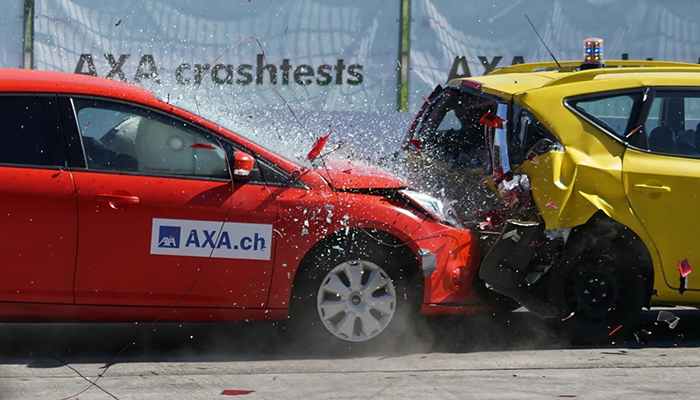Don’t Overpay for Required Auto Insurance
Auto insurance is a legal requirement in most states, as it is necessary to register a vehicle and drive on public roads. The cost of auto insurance is influenced by various factors. For instance, sports cars, high-value vehicles, and cars prone to theft generally come with higher insurance premiums due to their increased risk profiles. Similarly, drivers who have been involved in accidents or received moving violations within the past 3 to 5 years will also face higher premium rates. Additionally, certain states mandate higher minimum coverage amounts, resulting in increased costs.
Rates vary widely among insurance providers. Some insurance companies are known to offer more competitive rates for newly licensed drivers; others are valued for giving larger discounts to lower-risk drivers.
Types of Auto Insurance
There are several common types of auto insurance coverage. Here are some of the most common ones:
-
Liability Insurance: This type of insurance is usually mandatory and covers damage to other people’s property and medical expenses for injuries they sustain in an accident you cause. Liability coverage is the foundation of all auto insurance policies and for states that require auto insurance, liability is the required minimum coverage. Liability coverage will only pay for property damage and injury caused by the insured driver or policyholder to the other accident victims. The insured at-fault driver will not have insurance money to pay medical expenses for his own injuries or car repairs if he is at fault and only carries liability coverage. In the event a driver with only liability insurance is a victim in a car accident and is not at fault, there will be no payment for injuries or damages if the at-fault driver is not insured.
-
Collision Insurance: Collision coverage pays for the repair or replacement of your vehicle in the event of a collision with another vehicle or object, regardless of who is at fault.
-
Comprehensive Insurance: Comprehensive coverage protects against damage to your vehicle caused by non-collision events such as theft, vandalism, natural disasters, or hitting an animal.
-
Personal Injury Protection (PIP): PIP coverage helps cover medical expenses, lost wages, and other related costs for you and your passengers, regardless of who caused the accident.
-
Uninsured/Underinsured Motorist Coverage: This type of coverage protects you if you’re involved in an accident with a driver who has insufficient or no insurance. It helps cover your medical expenses and vehicle repairs.
-
Medical Payments Coverage: MedPay coverage helps pay for medical expenses resulting from an accident, regardless of who is at fault.
What Auto Insurance Pays For
Collision coverage pays for the insured vehicle damages caused by a collision with another vehicle or object. Collision coverage is the most expensive insurance and because of its cost, some car owners choose to do without collision coverage, especially if the vehicle is lower in value. Owners of expensive cars typically choose to pay the cost of protecting their investment in the automobile and pay the high premiums for collision coverage. Collision coverage is also required by auto financing companies.
Comprehensive coverage pays for losses due to theft, fire, and vandalism as well as damage caused by anything other than a collision such as hail and wind damage.
Other kinds of auto insurance include medical payment or personal injury protection (PIP), uninsured or underinsured motorist, and rental reimbursement coverage.
PIP coverage will pay the medical costs of injury to the insured driver and the passengers of the insured car. PIP will also cover lost wages and pay for services normally performed by the person who is injured such as child care or housekeeping.
Uninsured or underinsured motorists will pay the policyholder, a family member, or the insured if the insured is hit by a driver with no insurance or not enough insurance. Damages by a hit-and-run driver that cannot be identified will also be covered. Uninsured motorist coverage will also pay the medical costs of the policyholder or family member who may be hit by an uninsured motorist as a pedestrian.
Rental reimbursement coverage reimburses the policyholder or driver the cost of a rental car while the damaged car is being repaired.
How to Get the Lowest Rates
Auto insurance prices are based on the area in which the policyholder lives, the driving record, and the type of care that is insured. Good driving habits and choice of car can make a big difference in insurance costs.
Insurance rates change frequently and are vastly different from one company to another. The first step in saving money on auto insurance is to get several quotes. Many people are able to save on auto insurance costs by combining it with renters or homeowners insurance. Raising the deductible which is the amount the policyholder pays before the insurance company pays the damages will always result in lower premiums.
Before making a final decision on any insurance provider, make sure that deserved discounts for accident-free driving, completion of a safe driving class, or installing anti-theft devices on the car have been factored into the insurance quote.
